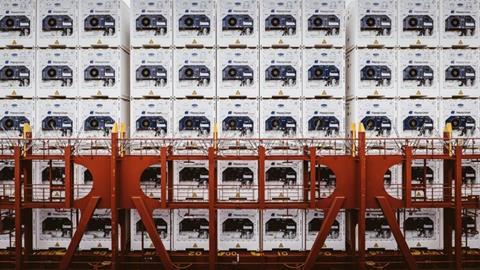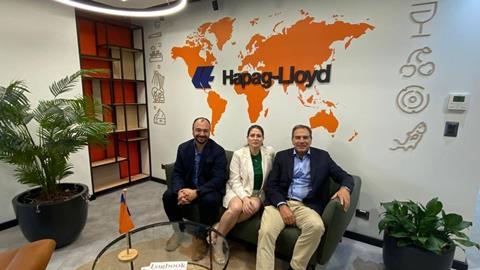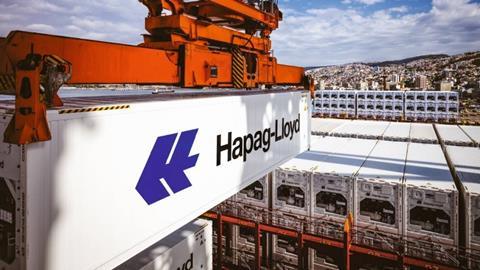Bolstered fleet with onboard sensors and cloud-based tracking part of this season’s efforts to support growing Chilean cherry exports

Chile’s cherry industry is experiencing an unprecedented boom. Last season, the country exported more than 22,400 containers of cherries, with China accounting for 94 per cent of purchases, according to global shipping line Hapag-Lloyd.
The company, which runs a specialised Cherry Express service from November through January, has had to scale up operations to keep pace.
Hapag-Lloyd has continued investing in its reefer fleet, equipping containers with advanced cooling systems that maintain temperatures between -1°C and -0.5°C.
In 2024, a fruit fly outbreak threatened to impact nearly a third of Chile’s cherry harvest. But, according to the company, this cold treatment protocol was able to safeguard fruit while maintaining tight shipping schedules.
“It’s all about precision and teamwork,” said Chile sales director, Nicolas Ruiz. “With so much at stake, every detail matters. The collaborative effort between our operations, health authorities, and warehouses ensured that no stone was left unturned in protecting the cargo.”
With this process in place, Chilean cherries were able to make the journey to international markets including Hong Kong, Shanghai, and Busan.
Technological breakthroughs also added a new dimension to Hapag-Lloyd’s logistics offering in 2024.

Onboard sensors were used to transmit real-time updates on temperature, humidity, and cold treatment status through Hapag-Lloyd’s cloud-based system, allowing for immediate adjustments if needed.
The cloud-based system, Hapag-Lloyd Live, was developed by engineers and logisticians in Chile and Germany alongside the Digital Container Shipping Association (DCSA), a non-profit organisation devoted to digitalising and standardising the shipping industry. Their efforts ensured the technology was fully operational just in time for the cherry season’s busiest weeks.
In addition, Hapag-Lloyd’s first application programming interface (API) for Hapag Lloyd Live was also completed in 2024.
“We integrated API with one of our top reefer customers,” Ruiz said. “This is where you see all the work and support of all the local Chile team along with the global headquarters that has been a key factor for our great achievements. We’re thrilled that its finally fully operating.”

Other technological advancements have also bolstered the Cherry Express this season. The HID (Hapag-Lloyd Immobilisation Device), for example, provided control over cold treatment processes, ensuring each container adhered to stringent quality standards.
“These tools aren’t just about efficiency, they represent our promise to our customers – to go above and beyond, setting a new benchmark for the industry,” noted Ruiz.
“Our goal is always to stay one step ahead. Every challenge we overcome strengthens our ability to deliver for our customers, ensuring their success becomes our success. That’s what drives us forward.”



